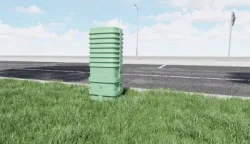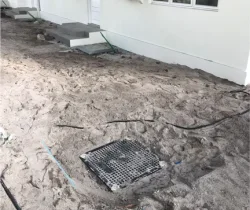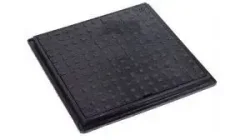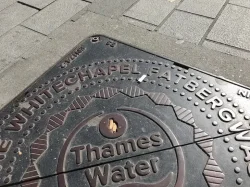2022-05-05
What are sewage systems?
A sewerage system is a wastewater collection network of pipelines, manholes, pumping stations, and appurtenances that convey sewage to the water treatment plant.
Pipelines
Starting from PVC /metal pipes that are connected to basin sink or drain cover that collects used waters, to the larger metal /LDPE pipelines, to the even larger concrete / HDPE/ Metal sewer mains, it's a piping network where gross stuff goes to disappear.
Sewer Manholes
Sewer manholes are in differentiated vertical heights for various purposes such as grease divert and trash separate, bacterial treatment, and storm countermeasure.
Since grease and oil float on water, the manholes near buildings aim to divert grease and hair from the water, the grease manholes are keen to clog and need frequent pumping, plastic toys, and metal stuff could be the factors that clog the pipes too. Most the sewer manholes are bacterial manholes for organics treatment that generate toxic gas such as methane (CH4) and ethane, carbon monoxide (CO), and hydrogen sulfide (H2S) that hazardous to sewage lines and people. Some sewer manholes are deemed as a part of the storm sewer system that reduces the risk of flooding.

Manhole Covers
Manhole covers are the upper part of a sewer system that allows designed traffic rating and easy access for sewage works. Because the manhole covers are recessed in outdoor road sites and millions of vehicles drive over, they are the only consumables in the urban sewage systems. The composite manhole cover and ductile iron manhole cover both have pros and cons that contractors for road works will select the right cover for their project.
Air Vacuum pump and Liquid Transfer Pump
Vacuum pumps in bacterial manholes can compress airs that bacteria live on oxygen, as well as create a vacuum for anaerobic bacteria such as clostridium, methanogens, sulfate-reducing bacteria, and most photosynthetic bacteria. A large water booster pump or vane vacuum pump is available to handle raw sewage as they rarely clog, liquid transfer pump in pumping stations for water treatment plants at a higher altitude than sewer mains
The sewer system is a carefully planned, thoroughly tested system designed to keep the stuff we don’t want to see. The sewage system works on a principle of gravity that is applied by every sewage engineer, sewage mains are on a slope that reduces clogging.
Clogging in the sewage system
For a long time, grease and oil were the most egregious interlopers since they congeal at room temperatures flushable wipes have only made things worse, Grease and fat combine with wet wipes in sewers to create unsettling and disgusting conglomerates that, among other things not easily conveyed through sanitary sewer lines. Others' wastes such as trash, grit, and grime are merely suspended in the swift and turbulent flow and will readily settle out if given a moment of tranquility.
Water Treatment Process
The first step is the simple process of slowing the wastewater down to allow time for suspended solids to settle out. How much time is a pretty important question because it affects the overall size of the basin and the cost of filter layers.
Water treatment plants convert all their showers, flushes, and dirty dishwater plus the waste from countless commercial and industrial processes into water safe enough to discharge into the adjacent canal which flows eventually into the river and lakes.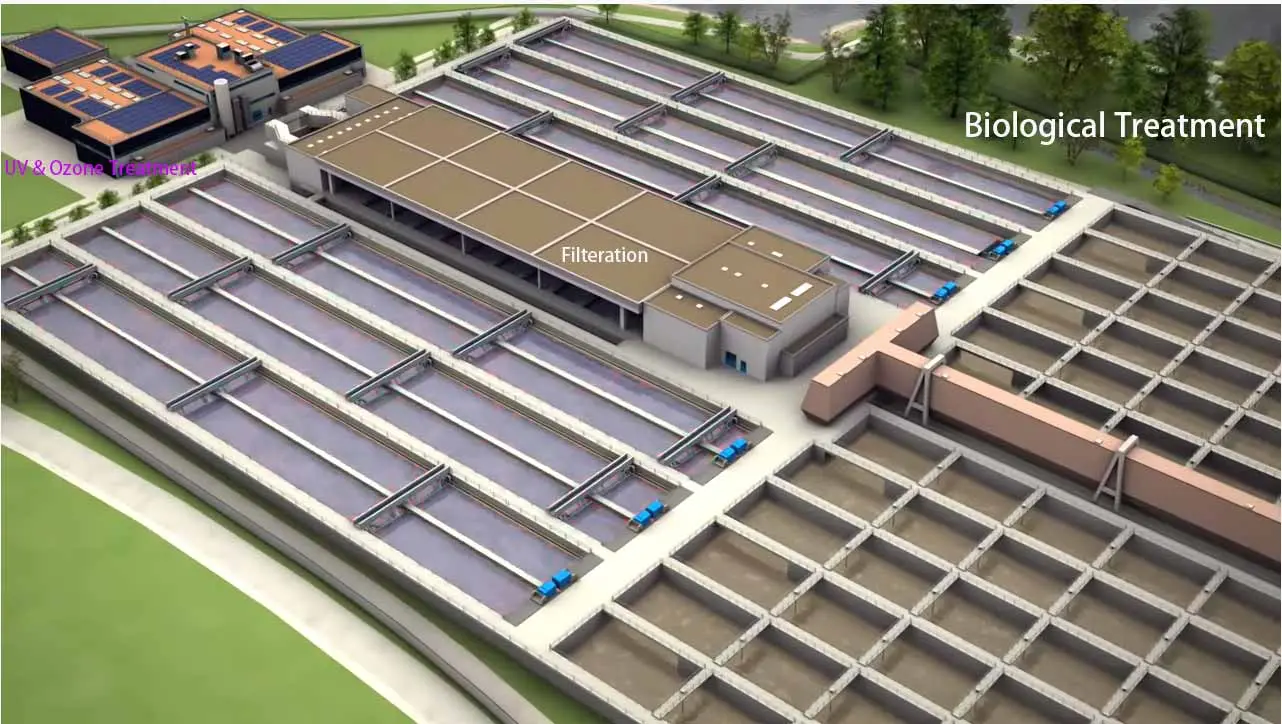
The process of wastewater treatment separates water from grits, grime, sludge, and other inhabitant wastes so it can be reused or discharged back into the environment. We usually use bacteria or chemicals to digest organics into basic elements such as carbon dioxide, otherwise, organics will generate toxic gases like carbon monoxide, Methane, and Hydrogen sulfide, All the garbage, and sludge are collected in waste disposals and sent to a landfill for bury process. And we use filters to permeate metals, chemicals, and germs that dissolve in water.
Precise level measurement and pressure measurement
The modern sewer system employs level sensors such as ultra-sound level sensor, infrared level sensor, and submersible level sensor for precise and real-time level measurement, and gives out early warning signals indicating the threshold of flooding. A magnetic-floating sensor is the most inexpensive tool.
Pressure measurement is the process that monitoring concentration changes in water treatment. A differential pressure transmitter can monitor pressures at two points and show a differential pressure value that indicates the pressure changes,
Temperature and Flow Measurement
Precise temperature measurement is vital because most electronic components have a working temperature threshold of 80 degrees C, and the biological treatment and chemical treatment also have their right temperature settings. The Flow measurement offers the data technicians required in almost every control progress.
Safety Guidiences You Should Know Before Strart a Sewer Cleaning Work
The Beauty and Purpose of Hospital Manhole Covers Shows More Symbolic Strength
